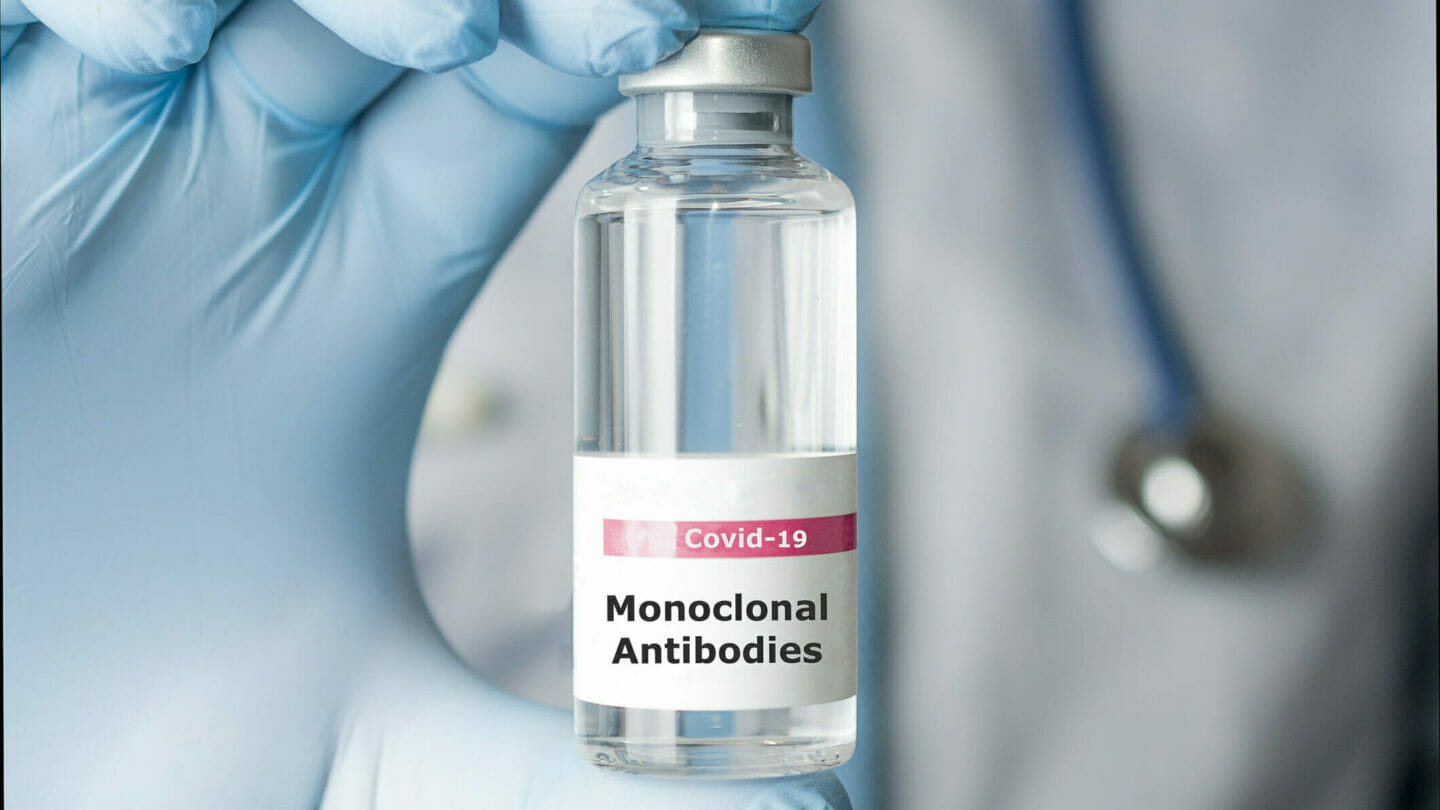
Even though oral antiviral drugs and monoclonal antibodies help people recover from COVID-19, a new report found that nursing homes didn’t use the medications much during the pandemic.
Brian McGarry, PhD, a researcher at the University of Rochester Medical Center, and a team from Harvard University, published a study in JAMA that sheds light on how resources were utilized — and underutilized — during the pandemic.
They used data from the U.S. Centers for Disease Control and Prevention (CDC) covering a 19-month span from May 2021 to December 2022. That’s when 763,340 people had reported COVID-19 cases across more than 15,000 nursing homes in the United States.
Almost all nursing home residents met the criteria for the treatments, but the usage was low. In fact, 18% of people with COVID-19 received an antiviral treatment. At the end of 2022, 40% of nursing homes said they never used them.
Treatment rates improved to 1 in 4 people with COVID-19 after the oral treatments were approved. By the end of 2022, they were much easier to access.
However, facilities with more people Medicaid and more non-white residents — along with for-profit and lower-quality facilities — were less likely to use antiviral medications. The authors said this probably played a role in the disparities existing with COVID-19 hospitalizations and deaths.
The CDC said in a 2022 update that oral antivirals and monoclonal antibodies should “be intensified to reduce the risk for medically significant illness and death.” Around the end of 2022, the White House urged that COVID-19 medications should be used on a routine basis.
At the time, available oral antivirals included Lagevrio (molnupiravir), Paxlovid (nirmatrelvir, ritonavir), and Veklury (remdesivir). Monoclonal antibodies included bebtelovimab. This isn’t the first time there was research on underutilization of the medicines. One report said COVID-19 medications patterns “fluctuated dramatically” in nursing homes.



